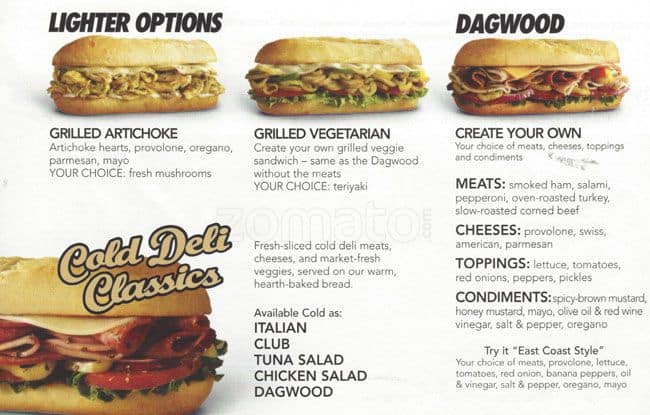

Downs, who’s been responsible for the church for 30 years, told me that no one likes the redevelopment, but personally, he doesn’t think it will happen. The church has an altar to Italian saint Padre Pio and also some of his relics. Most stay only a short time, lighting a candle or sitting in a pew for 10 or 15 minutes before heading out. John the Baptist, which has been on West 30th Street since 1840 (it was rebuilt in 1871 following a fire) has a steady stream of tourists, office workers, and locals at midday. I spent a few days talking to business owners and residents on the block, asking them for their thoughts about the redevelopment. The block and quarter is home to a handful of apartments, a jiujitsu school, furriers, music shops, a guitar school, Bette Midler’s urban-beautification nonprofit, an Irish pub, a handmade-cigar store, the Lithuanian Alliance of America, an Off Broadway theater, a whiskey bar, New York City’s Human Resources Administration, and the World Seido Karate headquarters, among many other things. Whatever happens, the street won’t be anything like it is now: a mix of loft buildings, Art Deco towers with terra-cotta façades, meticulously maintained brick low-rises, undistinguished one- and two-story structures showing their age, municipal buildings, and a 151-year-old neo-Gothic Roman Catholic church. Skyscraper construction on West 30th is contingent on rail plans, though they wouldn’t necessarily preclude it. Three of the eight super-tall sites are there, and it’s also being considered for a new train hall and tracks, part of the separate $13 billion plan that would likely necessitate the demolition of the entire north side of the street and involve eminent domain, something the governor’s surface-level redevelopment plan does not. West 30th Street between Seventh and Eighth Avenues (and the areas immediately to the east and west) is slated for the most dramatic changes. For the people who live and work there, it’s a place where the real estate and rents support the kind of diverse uses and communities that a redeveloped neighborhood, with its corporate office towers, never will. The neighborhood, they imply, is like Penn Station itself, a widely despised and outmoded hub that Hochul (like many of her constituents) has called a “hellhole.” But the area around Penn Station is, like so many promised lands before it, not some blank slate just awaiting the attention of developers and Pritzker-winning architects, but a vibrant jumble of businesses and residents, many of whom have been there for decades.


In state reports, the redevelopment of the surrounding neighborhood has been characterized not just as a financing scheme, but as a moral imperative to remake a blighted and underperforming district. Steven Roth, Vornado’s chief executive, has called the redevelopment of the area the “promised land” and “ our big kahuna.” It would also provide an estimated $1.2 billion in tax breaks to developers, chief among them Vornado, which owns the majority of sites the new towers would rise on. The towers would theoretically help finance station upgrades (there are concerns that the towers’ revenue will fall short) and streetscape improvements, but not the rail infrastructure itself (that’s a separate $13 billion plan). The plan controversially links improvements to the transit hub with a large-scale redevelopment of the surrounding neighborhood and clears the way for the construction of ten new super-tall towers. In the past few weeks, Governor Kathy Hochul’s $7 billion plan to redevelop Penn Station and a surrounding swath of midtown has cleared several major hurdles, winning the approval of the Empire State Development Corporation and the Public Authorities Control Board, which (notably) nixed Amazon’s plans for Long Island City (they were pulled when it became clear they wouldn’t pass).


 0 kommentar(er)
0 kommentar(er)
